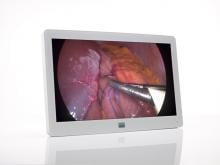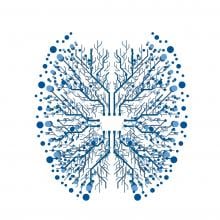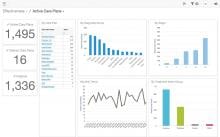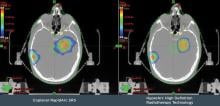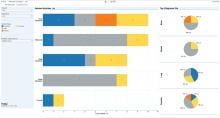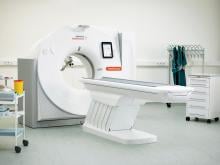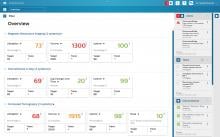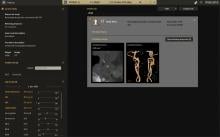Advances in healthcare practice and technology are largely driven by research, and in recent years perhaps no discipline has been more influential than informatics — the study and practice of creating, storing, finding, sharing and manipulating information. More efficient storage and sharing of medical data are crucial in the transition to value-based healthcare, and radiology plays a central role in these efforts. Several major studies published in 2016 examined the role of informatics technology in medical imaging, and many of those studies were highlighted in a session at the 102nd annual meeting of the Radiological Society of North America (RSNA), Nov. 27-Dec. 2, 2016, in Chicago.

